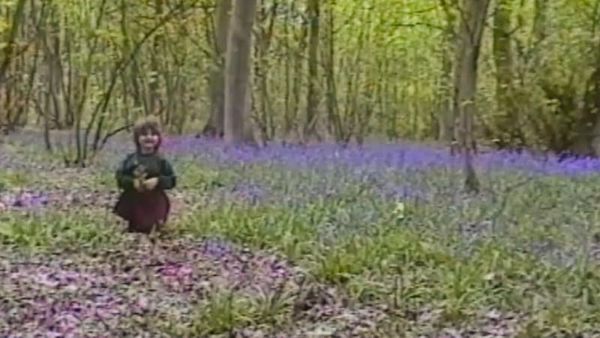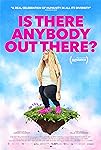Eye For Film >> Movies >> Is There Anybody Out There? (2023) Film Review
Is There Anybody Out There?
Reviewed by: Jennie Kermode

It’s hard to explain, to people who have never been in that situation, how lonely it can feel to inhabit a body which has significant physical differences from other people’s, even if one has plenty of good friends. Similarly, it’s hard to explain the amazing feelings which stem from meeting other people like oneself. In this documentary, Ella Glendining endeavours to do both, but she doesn’t just talk through it – instead, she takes her audience on a journey with her so that viewers can witness the way that her search for somebody with the same physical variations informs and changes different aspects of her life.
Ella was born without hip bones and with very short thigh bones. It’s an extremely rare phenomenon and doctors worried because they had no template from which to work, though as it turned out she has no noticeable additional health problems, just the difficulties one would expect with walking significant distances or reaching things in a world designed for taller people. There’s a lot of video footage of her playing as a child, obviously very happy and doing the same kinds of things as any other kid her age. We see her at Christmas, playing outside, drawing, splashing around in the bath. In her small Norfolk village she had no reason to question her circumstances – but then school started, and with it the tide of ableism which would cause multiple other difficulties in her life, all of them quite unnecessary.

There are several discussions of ableism here, especially between Ella and an autistic friend of hers who has different battles to fight, including dealing with people who flat out refuse to believe that she is autistic because it isn’t obvious all of the time. They talk about discrimination in areas like employment, along with the perils of dating in a world where people fetishise them and it’s hard for them to be confident that they are liked for themselves. We see a clip from a Seventies documentary featuring a boy called Kevin, whose mother laments that ‘of course’ he will never marry and he’ll probably never work, when the only significant difference between him and other people is that his arms are a bit shorter.
In other places, ableism is more subtly addressed. Ella’s difference was actually identified in the womb. Non-disabled viewers may miss the significance of this: that her parents decided to carry her to term anyway, and were just relieved that she was okay. She interviews them both and they’re remarkably frank, her mother in a way that speaks to a different set of issues which she personally has had to deal with. Her partner Scott is vaguely present in the background but does not get interviewed. Ella is at pains to stress that he is not a hero for having a relationship with her, “just my lovely partner.”
Two elements contribute to the shape of the film, which was made over several years. One is Ella’s discovery of three other people who share her variations, and her journey to the US to meet them. The other is her experience of becoming a parent herself, which gives her a deeper understanding of the pressures involved in raising a disabled child. Eventually, she meets a doctor who performs surgeries on people like her. These need to be carried out in childhood, before there is a possibility of consent.
Is it really worth putting a child through repeated surgery, with all the attendant pain and distress, just to make them appear more ‘normal’? Does that change if the child is in pain to begin with, and how does one strike the right balance? At one point the doctor says that he can save a child from life in a wheelchair with surgical modifications which would leave them dependent on prosthetics instead. The prosthetics would be invisible under clothing but such surgery would likely leave the recipient unable to walk at all without them, as opposed to being able to move around the house just fine and need a wheelchair only for going out. How does one weigh up those things on behalf of somebody else?
As you might imagine, with all this going on, it’s a busy film, and it could do with a bit of tightening up in places. There are clear through lines to keep viewers interested, however, and Glendining ties it all together nicely at the end. Perhaps most importantly, she’s a capable presenter and an easy person to like, so viewers who haven’t really understood some of these issues in the past, and have perhaps added to the problems that disabled people face, will feel that they are being enlightened rather than attacked. Watching Ella, listening to her story, it’s impossible to think of her as anything other than a fellow human being, and that’s the core of what matters.
Reviewed on: 17 Nov 2023


















